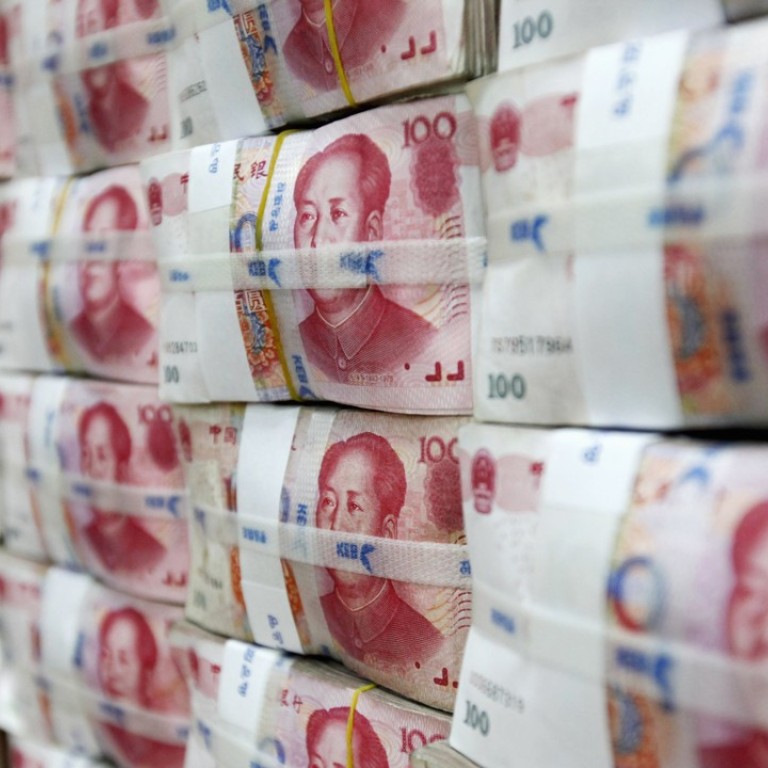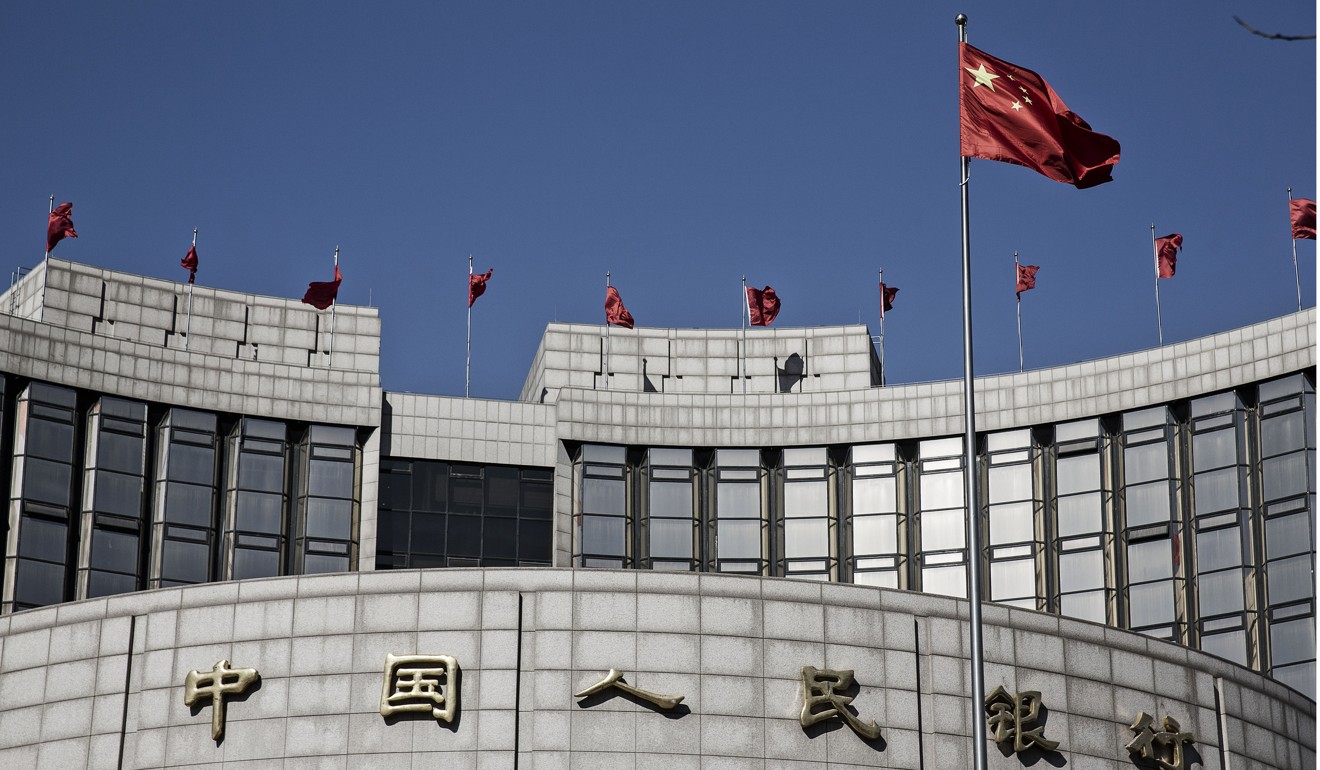
China surprises with May slowdown in new loans as risk controls hit lending
Property sector remains a risk with household loans accounting for more than half of the credit extended
New Chinese bank loans unexpectedly fell in May, with credit growth slowing slightly as policymakers sustained efforts to clamp down on off-balance sheet shadow lending to rein in risks in the world’s second-largest economy.
Data from the central bank on Tuesday showed banks extended 1.15 trillion yuan (US$179.58 billion) in net new yuan loans in May, less than the 1.2 trillion yuan seen in a poll of Reuters analysts and below April’s 1.18 trillion yuan. Banks extended a record 13.53 trillion yuan in new loans last year, 7 per cent more than the previous record in 2016.
China is in the third year of a regulatory push to reduce risks in the financial system and regulators continue to roll out measures to improve supervision and risk control in the financial sector.
However, there are expectations the central bank could loosen some of its policy settings to ensure the crackdown on risks and resulting hit to credit growth does not hurt the real economy.
The People’s Bank of China’s surprising cut in reserve requirement ratios (RRR) on April 17 and fears of a trade war with the United States have fanned market expectations of looser policy to support the economy.

Capital Economics expects the People’s Bank of China (PBOC) to raise the interest rate it charges on its reverse repos if the US Federal Reserve raises interest rates as expected this week, in a symbolic response as economic growth and inflation pick up.
“But the PBOC’s move will be aimed at narrowing the gap between the market and reverse repo rates rather than to tighten monetary conditions. Indeed, officials have not allowed market rates (a better gauge of monetary conditions) to rise since May last year,” Capital Economics said in a note.
“And we think they will loosen policy later in 2018 as slower credit growth feeds through to a softening in activity.”
Banks doled out a record 2.9 trillion yuan in new yuan loans in January, and extended 7.19 trillion yuan in the first five months of the year.
Despite the wider slowdown, the property sector remains a risk with household loans, mostly mortgages, rising to 614.3 billion yuan in May from 528.4 billion yuan in April. That means household loans accounted for 53.4 per cent of total new loans in May, versus 44.8 per cent in April.
Corporate loans fell to 525.5 billion yuan in May from 572.6 billion yuan a month earlier.
Broad M2 money supply grew 8.3 per cent in May from a year earlier, missing forecasts for an expansion of 8.5 per cent and compared with 8.3 per cent in April.
Outstanding yuan loans grew 12.6 per cent from a year earlier, slower than an expected 12.7 per cent rise and compared with a rise of 12.7 percent in April.
Last month, sources told Reuters that China would “actively and steadily” deleverage, citing the country’s five-year plan (2016-2020) for the financial sector.
The campaign has made progress in reducing alternative and murkier funding sources for companies such as shadow banking, but it has also slowly pushed up borrowing costs, which has made more companies concerned about tightening credit conditions and spurred default risks.
The weighted average lending rate for non-financial firms, a key indicator reflecting corporate funding costs, rose 22 basis points in the first quarter to 5.96 per cent, following a rise of 47 basis points in 2017.
In recent weeks, the Chinese authorities have stepped up policy support to the economy to make sure there is ample liquidity in the financial system.
China’s total social financing (TSF), a broad measure of credit and liquidity in the economy, dropped sharply to 760.8 billion yuan in May from 1.56 trillion yuan in April, data from the central bank showed on Tuesday.
TSF includes off-balance sheet forms of financing that exist outside the conventional bank lending system, such as initial public offerings, loans from trust companies and bond sales.

